
views
X
Expert Source
Cory RyanProfessional Photographer
Expert Interview. 3 April 2020.
With bokeh lighting and other techniques, you’ll be ready to take blurry pictures by altering the camera settings on your mobile phone, using different modes on a digital single lens reflex (SLR) camera, and manipulating your photo’s light source.
Using a Mobile Phone to Make Blurs
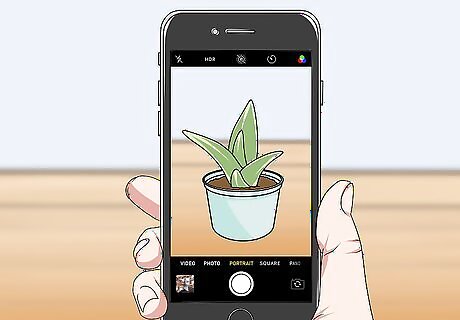
Use portrait mode if you have a newer iPhone model. Any device newer than the iPhone 7 Plus has portrait mode available in the camera app. To use this setting, open your camera and swipe over to the portrait option. Your phone uses special technology to measure depth, and will automatically blur the backdrop. Portrait mode is especially helpful in places that have busy backgrounds, like a crowded beach or an amusement park, as it can help draw attention to your subject. Some non-iPhones also have portrait mode, like the Galaxy Note 8 and the Google Pixel 2XL.
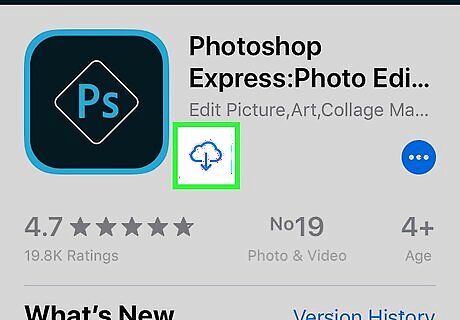
Download specialty editing apps to use on your iPhone or Android device. Make your photos look blurred with the help of a third-party photo editing application, which can be found within your phone’s App Store. Titles like AfterFocus, Blur photo, Adobe Photoshop Express, and Blur Photo Editor Background are positively rated apps that can add a blurred flair to your photo’s background. Search for blurred photo editors on your phone’s app store to find even more options. Some of these apps may cost money, or require in-app purchases to unlock certain features.
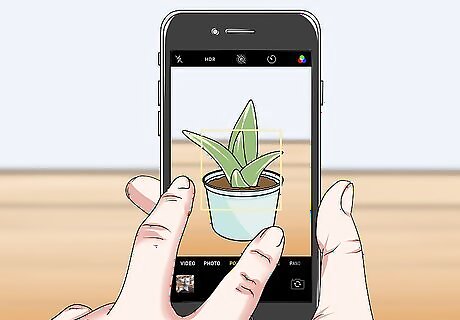
Zoom in on the focal point of your picture to blur the background. Pinch the screen of your smartphone with two fingers to move the camera lens closer to the focus of your picture. The closer your lens is to an object, the less depth it can record in the background. Because of this, the central image of your photo will look sharp and bright, while the background will look blurred and faded. This technique is very effective when used outdoors.
Creating Blurry Photos with a Digital SLR Camera
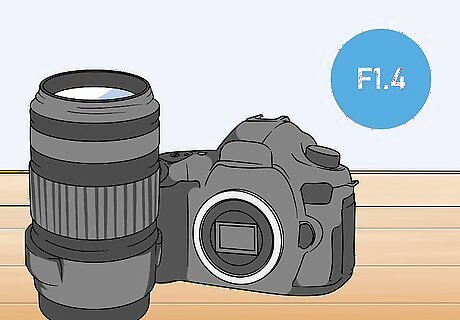
Attach a wider lens to get a blurry background. Put a lens on your camera that lets more light into the camera. Larger lenses have larger aperture, which means that they have an adjustable hole that can take in a larger amount of light. Because it’s difficult for cameras to focus on a large amount of light at once, the resulting background appears blurrier. Digital SLR lenses are rated on an F-number scale. The smaller the number, the larger the opening is on the lens. For instance, an F/4.0 lens is larger than an F/18 lens.
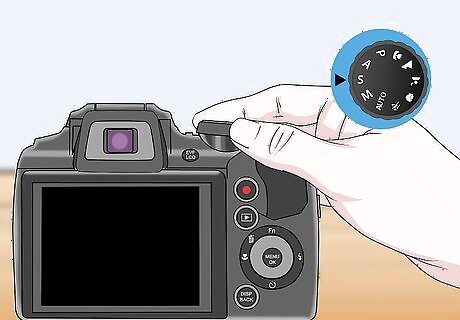
Set your camera to shutter priority mode to slow the shutter speed. Take your camera off of the automatic settings and select shutter priority mode instead. This will let you control how fast the shutter moves. While taking pictures at 1/8000th of a second can cleanly capture something in motion, setting the shutter speed to a different frequency, like 1/100th of a second, can making a moving object appear blurred. There is no right or wrong way to take a blurred photo. Play around with your camera’s settings until the pictures are blurred to your satisfaction.
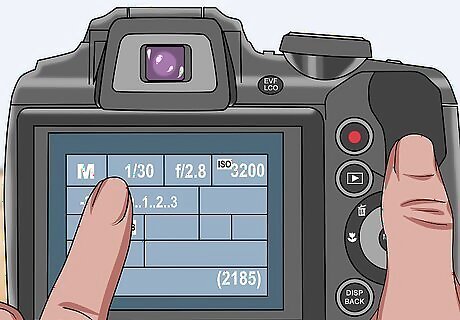
Take multiple pictures at a fast shutter speed to get blurred photos. Adjust your camera’s shutter speed to be around 1/30th of a second. Use your camera to follow a moving object until it crosses the center of your lens. Take a quick series of pictures to capture numerous photos of the object in motion. When you look through the photos, you should find some with the background blurred. Feel free to experiment with the shutter speed.
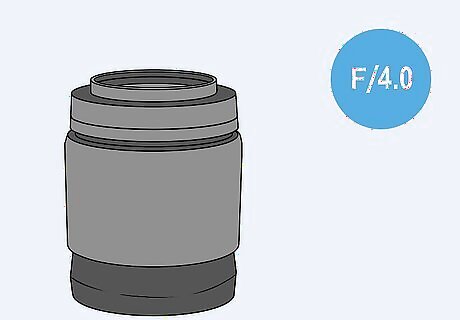
Use a macro lens to take zoomed in pictures. Keep your camera on a manual setting and add on the macro lens. Place a step-down ring on top of the macro lens, and connect a fast lens at the end. Make sure that the fast lens has a low F-number (i.e, F/4.0) so your camera can capture more light. While a macro lens alone can help you take close-ups with blurred backgrounds, an added fast lens can help you to zoom in even more. Attach a flash if you want more light to get into your picture.
Manipulating the Light Source
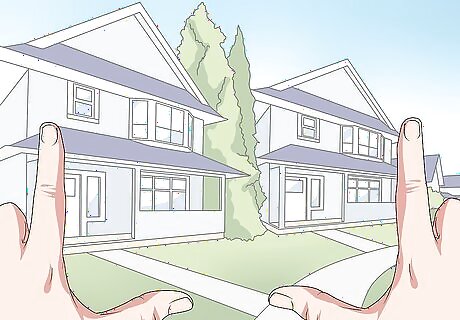
Find a good light source for your photo. Pick a light source that has the potential to generate some effective bokeh lighting. If you’re outside, consider shooting near a city skyline. If you’re taking pictures inside, try stringing up some lights in the background.
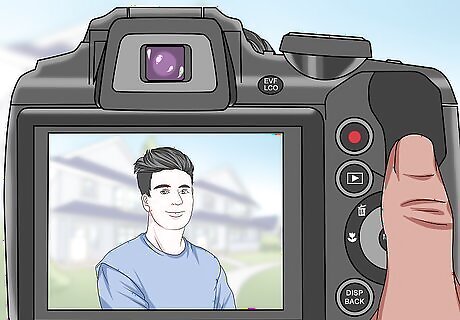
Position the subject to maximize the blur effect. If you’re photographing a person, make sure that they’re a good distance in front of the lights. If the person is farther away, the lights will look more blurry in the picture. If you’re shooting near a well-lit landscape, like a city, make sure that the skyline is visible. The variety of these lights can create some cool blurring effects if they’re far enough in the background. Use the methods listed with a mobile phone or digital SLR camera to ensure a blurry background. If you take pictures during the day, the lights won’t be as obvious (or blurry) in the pictures.
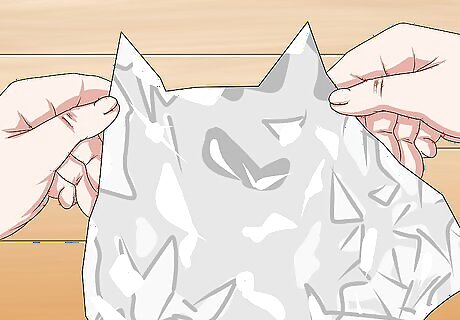
Hang up paper-sized pieces of aluminum foil. Take a few sheets of aluminum foil and crumple them up. Flatten the pieces so that the folds and creases are apparent, and place them behind a prominent light. This is an easy and inexpensive way to create a bokeh effect in the background of your photos.













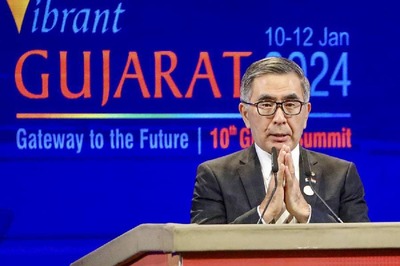






Comments
0 comment